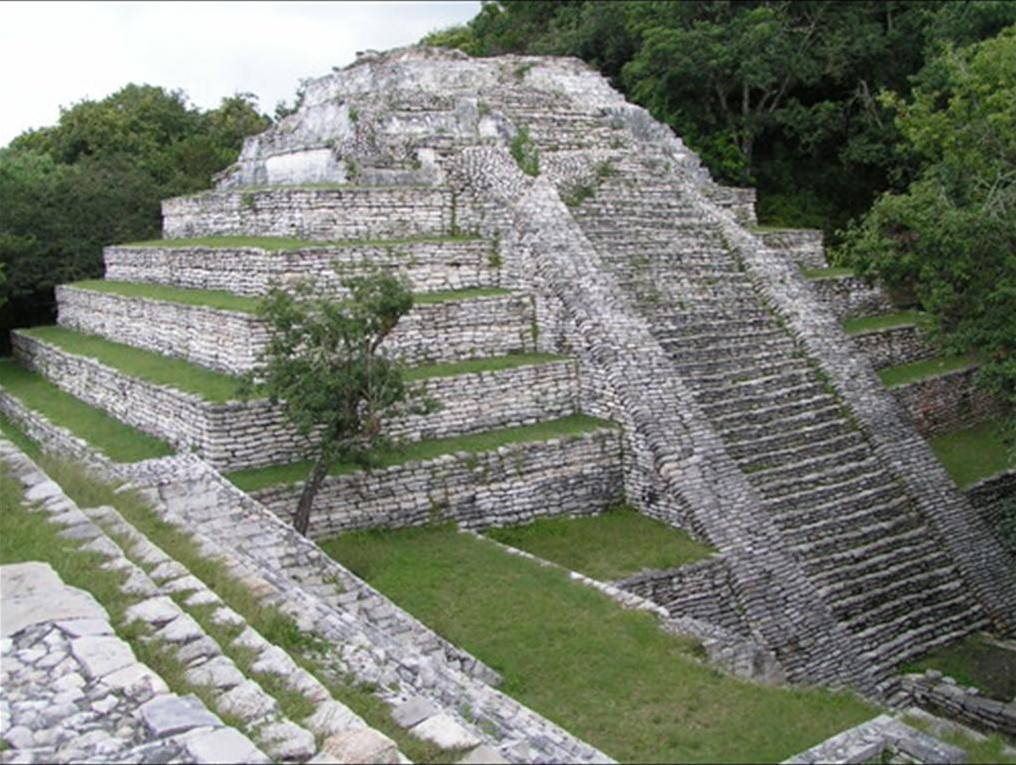Tenam Puente: A Comprehensive Overview
Introduction
Tenam Puente, an archaeological site of the Maya culture, is situated in the Balum Canan valley, within the municipality of La Trinitaria, Chiapas, Mexico. This site, located 12 kilometers south of Comitán and accessible via a deviation from the Pan-American Highway No. 190, offers a unique glimpse into the Maya civilization’s architectural and cultural developments.
Get your dose of History via Email
Etymology
The name Tenam Puente is derived from a hybrid toponymic origin. “Tenam” comes from the Nahuatl word “tenamitl,” meaning ‘wall’ or ‘fortress.’ The term “Puente” refers to an old farm that existed in the early 20th century, on which the site now stands.
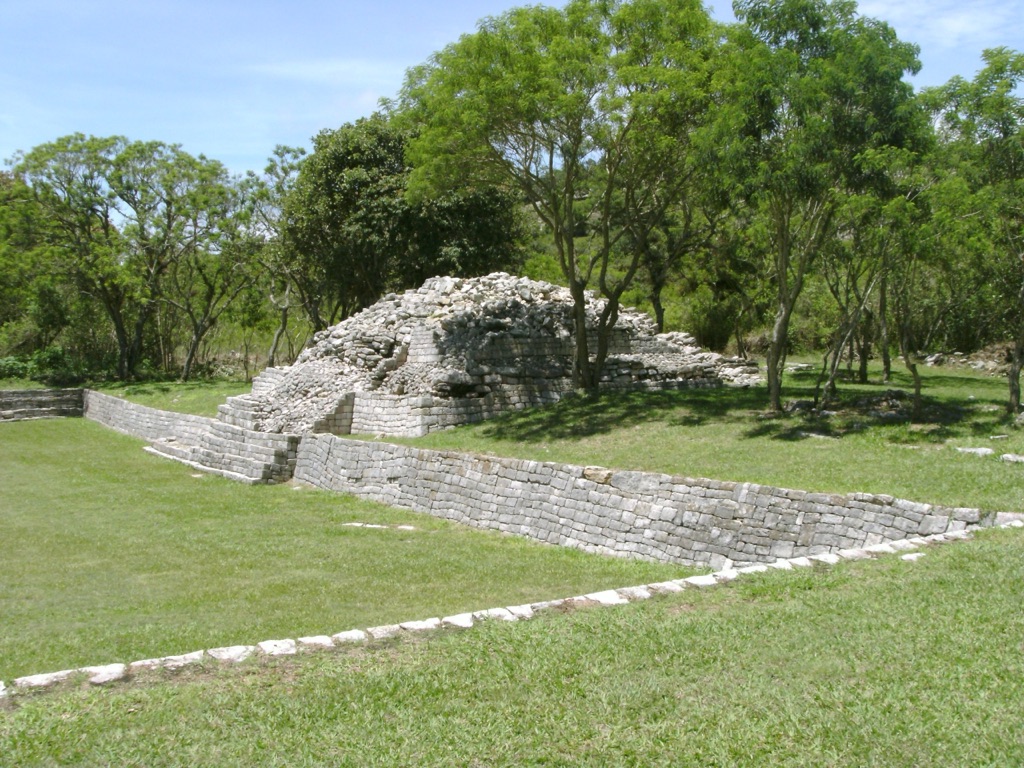
Historical Context
Tenam Puente’s origins trace back to the Classic Period (300-600 AD), with its peak occupation during the early Postclassic period (900-1200 AD). This era marked a significant transition in Maya civilization, coinciding with the decline of central Mayan sites in what is now Guatemala. The site’s last recorded date is around 874 AD, positioning it as a contemporary to the Toltec culture’s zenith at Chichén-Itzá.
The Maya collapse in the 9th century had a lesser impact on highland centers like Tenam Puente compared to lowland cities such as Palenque and Yaxchilán. This resilience suggests that highland cities might have benefited from the decline of their lowland counterparts, with Tenam Puente surviving until approximately 1200 AD before its abandonment.
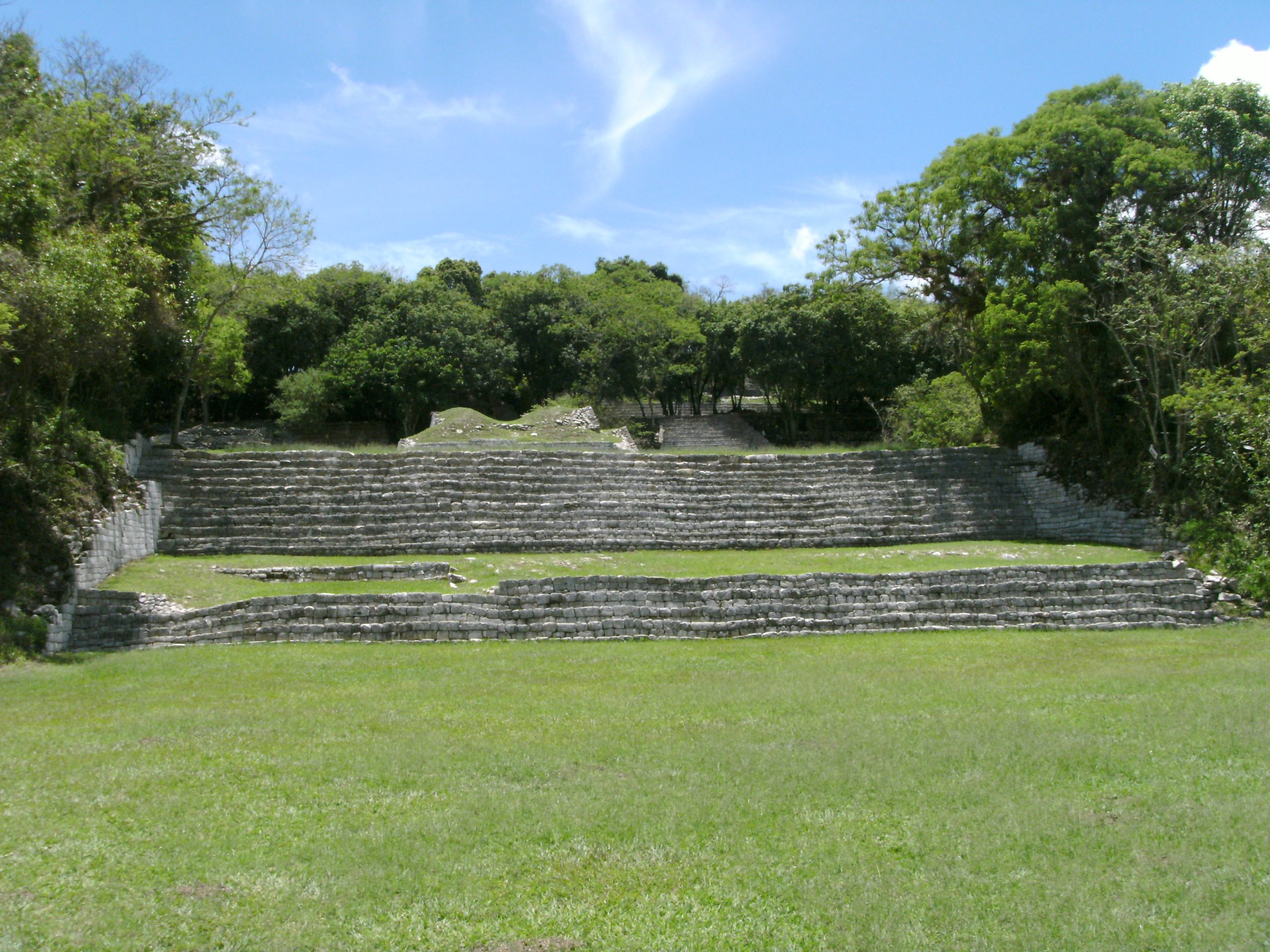
Trade and Economy
Tenam Puente’s strategic location facilitated control over significant trade routes, linking the highlands of Chiapas and Guatemala with the central depression of Chiapas. Excavations have revealed active trade networks, evidenced by ceramic collections and burial offerings, including vessels, jade objects, and ornaments made of shell and stingray spine. These findings underscore Tenam Puente’s role in the late Classic Mayan culture and its transition to the Early Postclassic period.
Archaeological Significance
First mentioned in the book “Tribes and Temples” (1928) by Frans Blom and Oliver La Farge, Tenam Puente has since been the focus of various archaeological studies. The site’s architecture, devoid of extensive ornamentation and featuring only one dated stele, reflects the construction techniques and styles prevalent in the Central Depression of Chiapas.
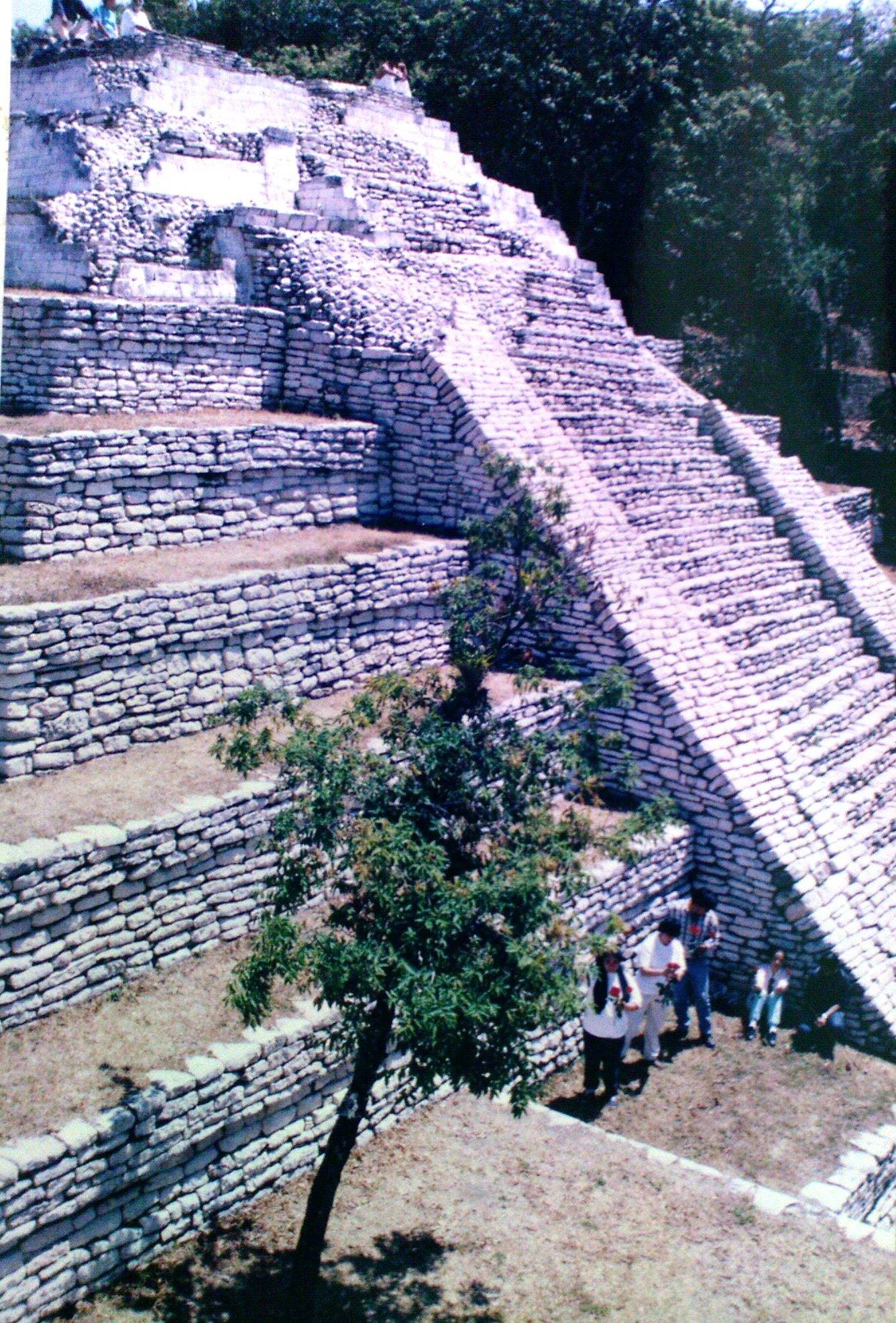
Architectural Layout
The site encompasses over 60 structures spread across approximately 30 hectares, with the most significant buildings located in the Acropolis. The architectural layout includes large platforms, monumental retaining walls, and terraces, showcasing the Maya’s advanced engineering and construction skills. Three ballcourts within the site highlight its importance as a regional capital, indicative of the site’s social and ceremonial functions.
Exploration and Conservation
Since its initial documentation, Tenam Puente has undergone various explorations and excavations, notably by the New World Archaeological Foundation and the Maya Project. Ongoing restoration and consolidation efforts by INAH aim to preserve the site’s integrity for future generations.
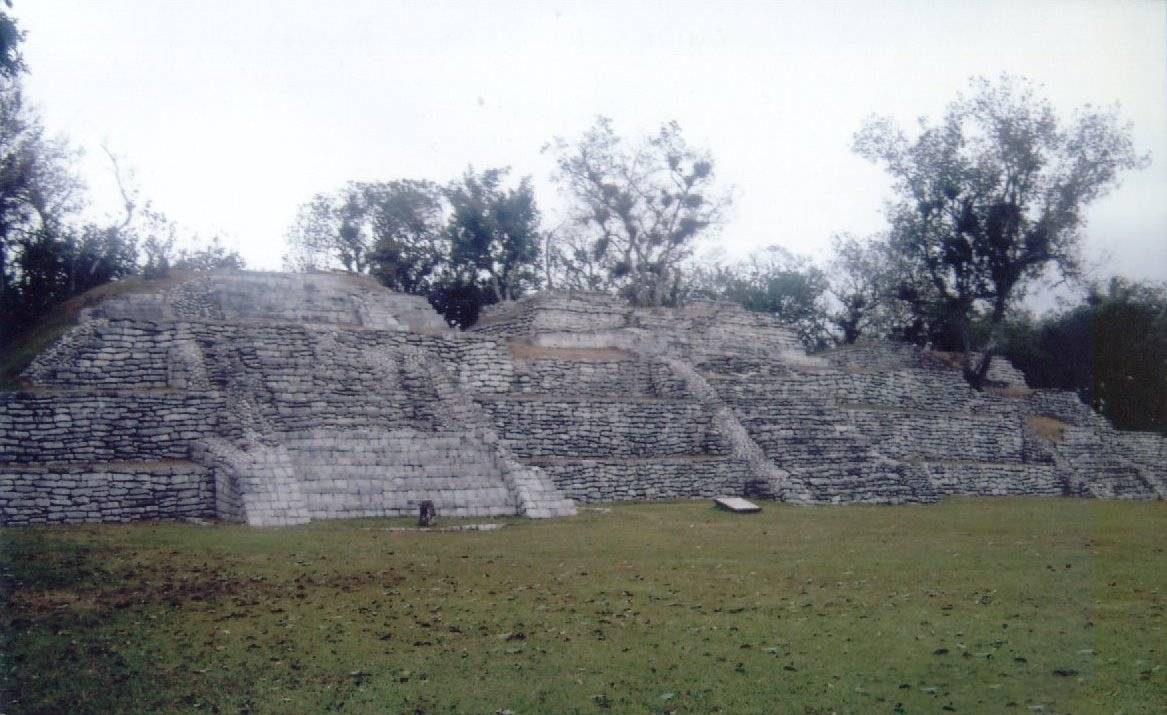
Conclusion
Tenam Puente stands as a testament to the Maya civilization’s architectural ingenuity and cultural richness. Its strategic location, trade networks, and architectural achievements offer invaluable insights into the Maya’s societal organization and their adaptation to environmental and political changes. As archaeological efforts continue, Tenam Puente will undoubtedly contribute further to our understanding of the Maya legacy.
Sources:
Wikipedia
Maya Ruins Website

